What is Eclipse Phase?
Eclipse Phase is a tabletop roleplaying game set in a future after the technological singularity happened transforming transhumanity forever. The setting is rich with theme of transhumanism, radical politics, hard science-fiction, post-cyberpunk and cosmic horror. Mechanically it uses a custom d100 system that offers a middling level of crunch whilst incorporating modern RPG ideas like character motivations and metacurrencies (called pools in EP).
Originally published by Catalyst Games, it is now published by its creators at Posthuman Studios under a Creative Commons license. The game is in its second edition as of 2019, although an estimated 95% of setting lore from first edition is still valid as well as supplement books being available on the Rob Boyle’s blog.
Why Play Eclipse Phase?
Summarising the rich and deep lore of Eclipse Phase or the near infinite possibilities of what you can do with it from techno-thriller to celebrity dance-offs is almost impossible. Nevertheless, we will try to cover some of the key elements of both the mythos and mechanics of this high concept game.
The first thing to understand about Eclipse Phase is that this is heavily based on the post-cyberpunk and hard sci-fi novels of the last 30 years. If you are familiar with names like Iain M Banks, John Scalzi, or Neal Asher then you already have some idea what kind of concepts and transhumanist action this game is about. And if you do not recognise those names; watch the first season of the Netflix show Altered Carbon.
A big part of the appeal of Eclipse Phase is that deep lore and how it excites the imagination of what might really come to be possible in the future. Whilst at the same time exploring how this changes society and individuals. Then adding a dash of post-apocalyptic and cosmic horror. However, do not worry about trying to find a footing in who your players are and why they are working together. The game deftly presents two key tools to building your group and giving them a purpose.
The second thing to understand is that thanks to these transhumanist themes presented your characters are not bound to any single body or indeed a single life. For game masters who worry about accidentally delivering a total party kill (TPK) fear not in Eclipse Phase. Your players are transhuman, the have cortical stacks (mind blackboxes) in their morphs (bodies) which can be recovered and resleeved (uploaded to new bodies) or if the stacks are destroyed too you can restore them from remote backups though they might lose some memories and experience.
Image by Posthuman Studios LLC (CC BY-NC-SA 3.0)
Dice and Pools
The Eclipse Phase system is d100 or percentile dice based with a few unique spins. It uses two ten-sided dice for skill tests and most other rolls. Rolled dice are read as percentiles (d100), with the first die serving as the tens digit and the second as the ones digit. Percentile dice rolls result in a number between 0 and 99 (00 is read as zero).
Some rolls require d6s or d10s such as for damage or recharging pools. These dice are added together, sometimes with a modifier. For example if a gun does 2d6 but might get a modifier of +. So a roll of 2 and 4 would total to 9.
You only need to roll for actions and tasks that would be challenging. And depending on your character’s gear, augmentations, traits and other factors will result in modifiers that can go from as high as +60 to as low as -60 usually in increments/decrements of 10.
Whenever you roll the goal is to roll under the skill target number but as high as possible. You want to roll higher both for situations where you are rolling against another character, and to gain superior successes. On a roll of 33 or more you get a superior, on 66 or more it’s two superiors. Double digits like 55 or 77 count as criticals (both success and failure).
There are ways for players to change the odds, flip results, buy superior successes or even define relationships and world facts. You do this by using pools. This metacurrency comes from a combination of your ego and your morph, most of your pools will come from various augmentations depending on what you are rock.
These come in four varieties:
- Flex – Your wildcard.
- Moxie – Your social maneuvering and self-control.
- Vigor – Physical strength, constitution and reflexes.
- Insight – Mental power and keen senses.
Some examples of the effects these pools can be spent on include:
- Before Roll: Ignore all modifiers to the test.
- Before Roll: Add +20 to the test’s target number.
- After Roll: Flip-flop a d100 roll. For example, 83 becomes 38. FLEX
- After Roll: Upgrade a success to a superior success (or one to two).
- After Roll: Downgrade a critical failure to a regular failure.
- Ongoing (Insight/Moxie/Vigor Only): Receive +5 (1 point) or +10 (2 points) to all skill tests linked to one aptitude for 24 hours or until your next recharge
Image by Posthuman Studios LLC (CC BY-NC-SA 3.0)
Starting Eclipse Phase 2e in Foundry
If you want to get started with Eclipse Phase 2e in Foundry the first thing you have to decide is which system you want to use. There are currently two unofficial Eclipse Phase 2e systems available. One is made by DerDiemen and the other one is made by Bubz.
Diemen System
This if the first unofficial system to be released for Foundry it started as their own private homebrew system but has become robust enough for a public release. It covers all of the basics and is flexible for homebrew potential with most aspects of the sheet modular and powered by creating items.
Pros
- Homebrew-friendly
- Rapid update
- Works with most modules
Cons
- Limited automation
- No built-in compendium (as of writing)
- Limited multi-morph function
Bubz System
This might be the oldest system in development for Foundry that implements Eclipse Phase. Whilst not fully released yet you can grab it on the publicly available repository.
Unlike the Diemen system, this one has focused on implementing a pure version of Eclipse Phase into Foundry. Several key parts of the implementation have been factored in trying to make it easy for new players to pick up whilst doing things like tracking particular effects and including a compendium of morphs and gear.
Whilst this system can be a little more complicated to learn and it does not always play well with modules it can be well worth the investment. The automation alone can make things far smoother when combat starts and the crunch comes in. As well as tracking the effects and timers on various aspects of the game.
Pros
- Lots of automation
- In-built compendium
- Slick UI
Cons
- Less room for homebrew
- Does not work with some modules
For a more detailed look into this system as well as a walkthrough of character creation check out this YouTube video.
Recommended Modules
A short list of potential interesting modules to look at:
- About Time + Calendar/Weather (only for Diemen System)
- Forien’s Quest Log
- Fog Manager
- FXMaster
- Shared Vision



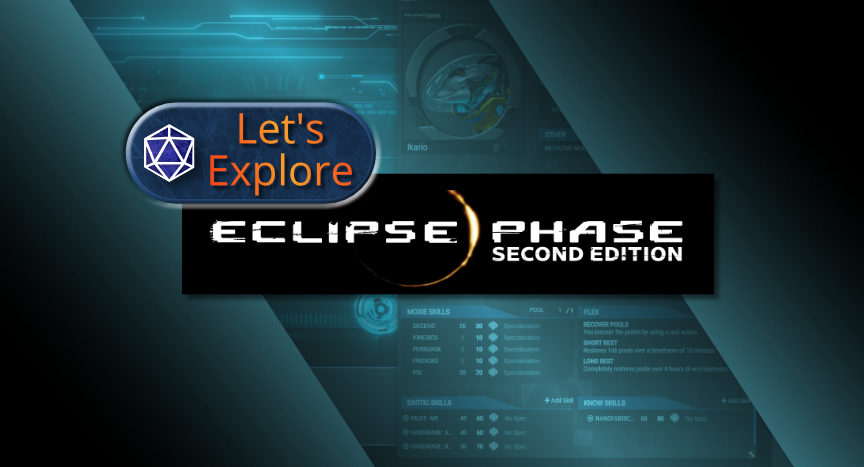
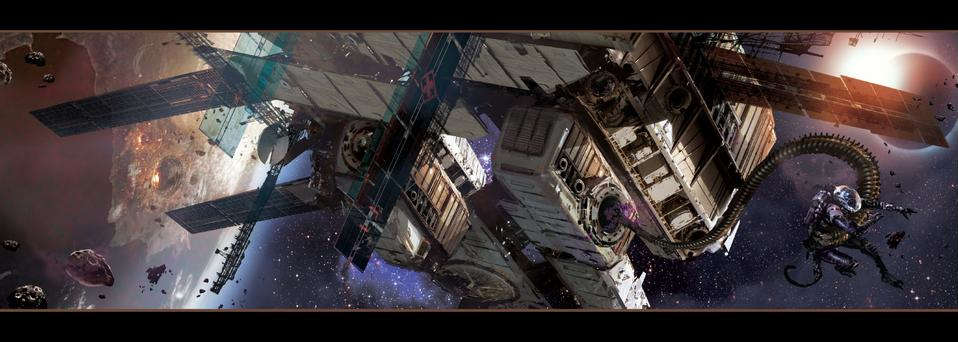
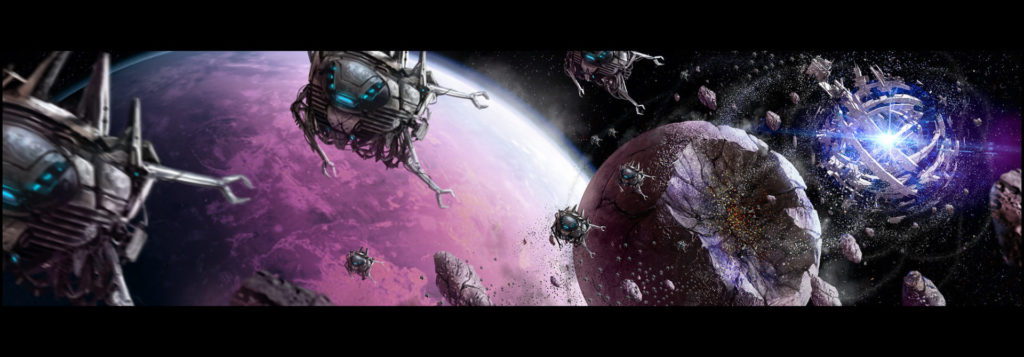
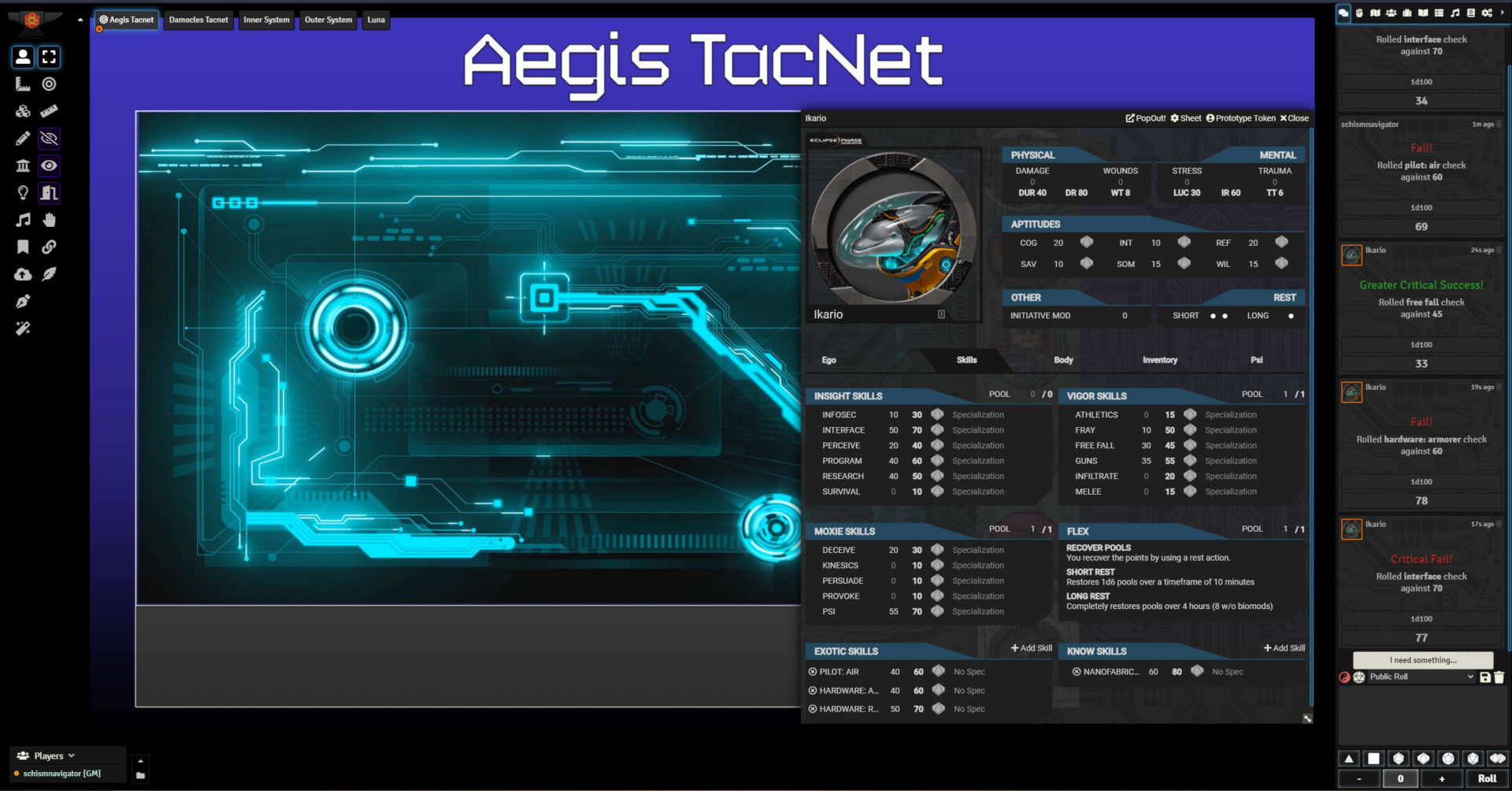
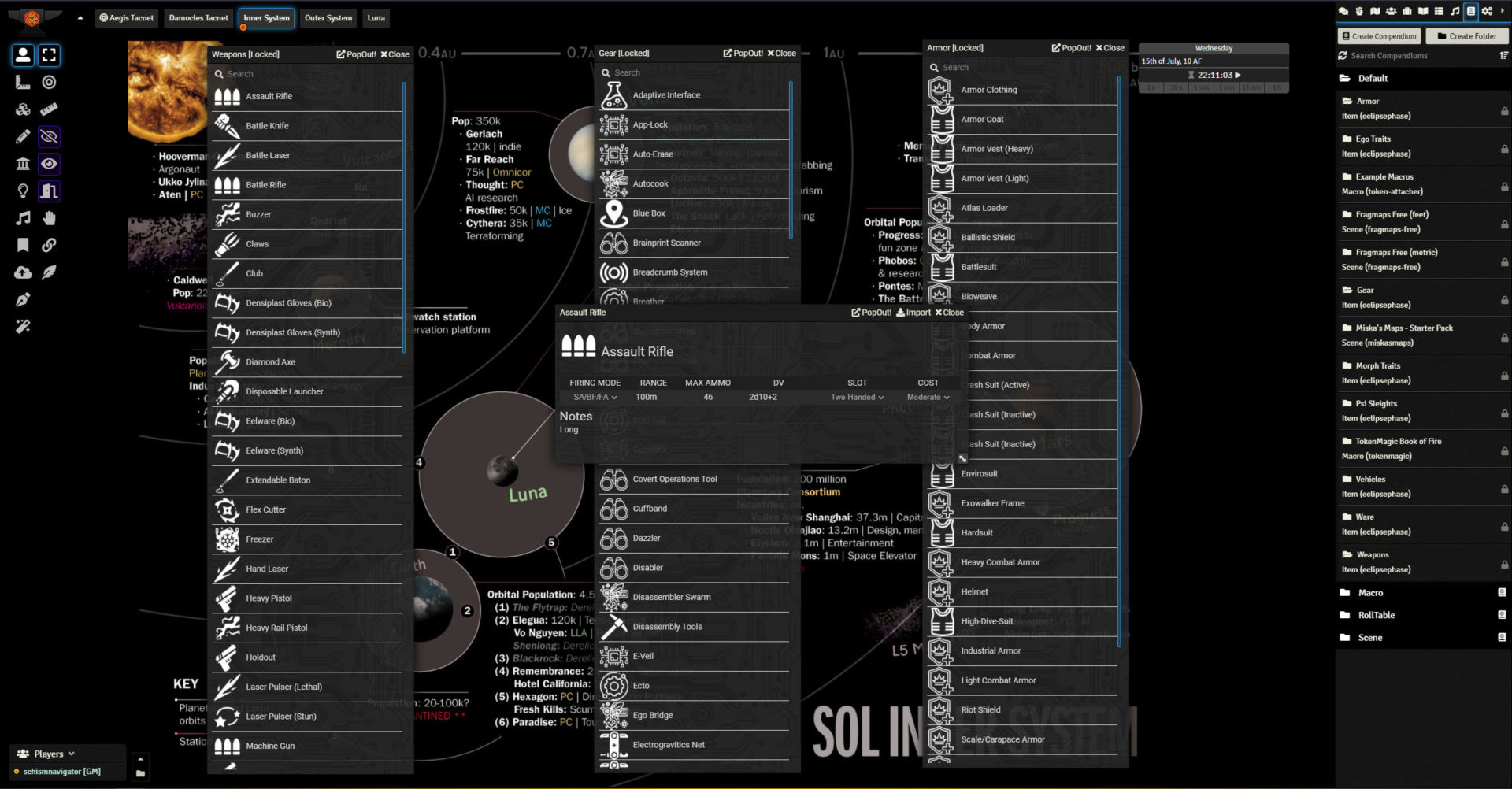
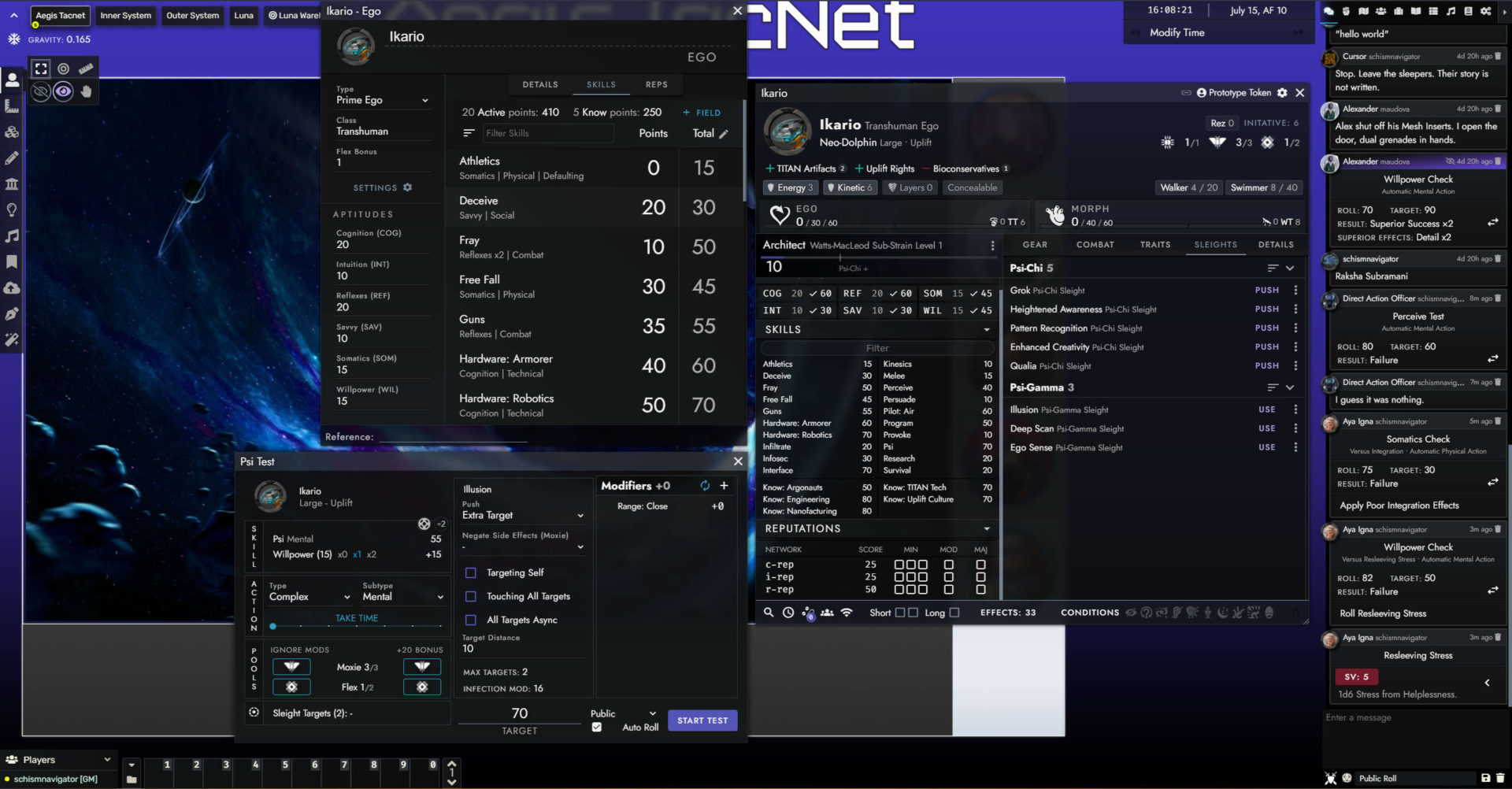
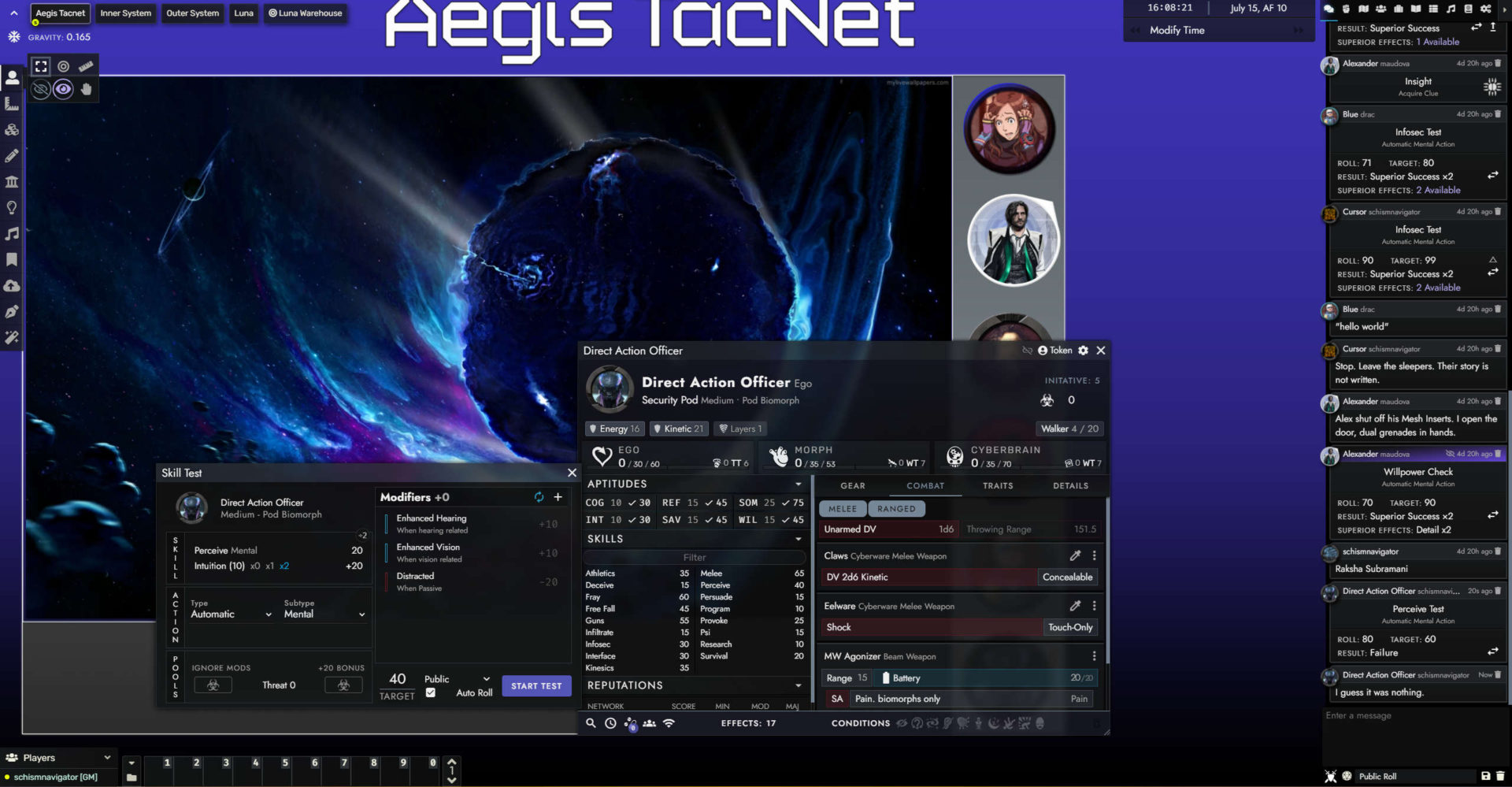
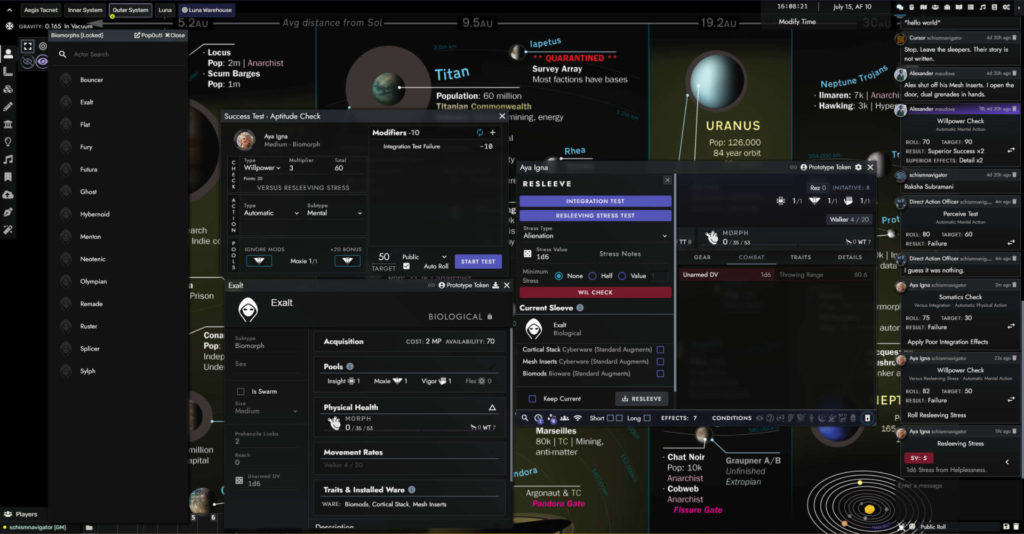
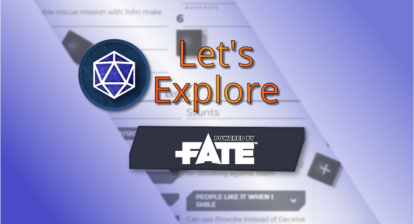
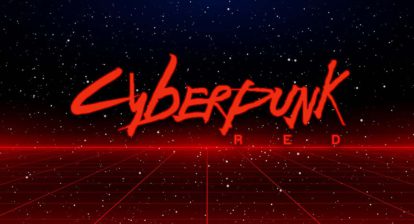
Great article!